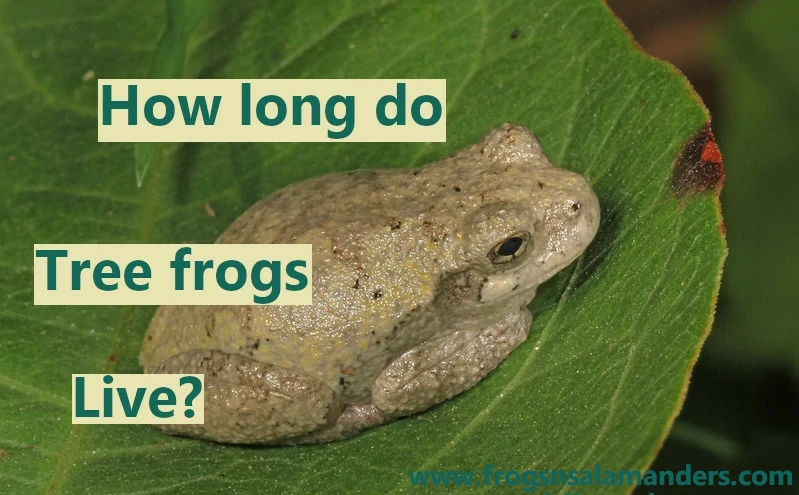How Many Eggs Do Toads Lay? (40 Species+ Helpful Charts
Most toads reproduce by laying eggs, usually in clam, shallow, bodies of fresh water. However, some toad species can lay their eggs in brackish water, and others, in relatively fast-flowing streams. Depending on the species, toads can lay anywhere from 10, to as many as 40,000 eggs at a time. The eggs are usually laid … Read more










